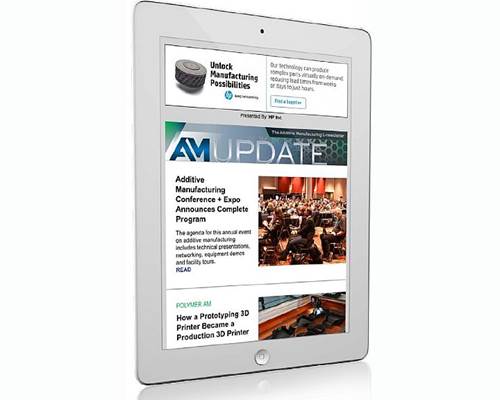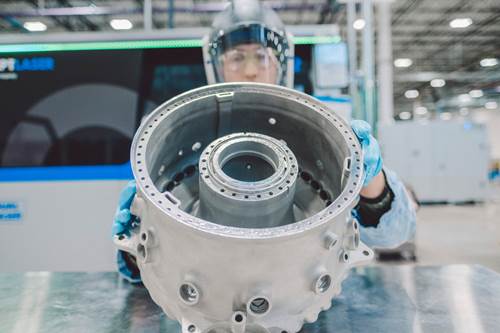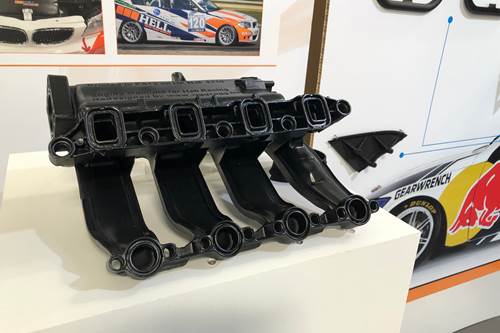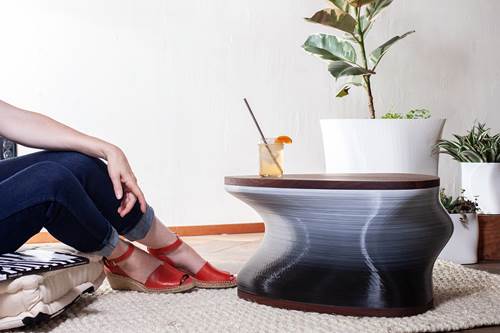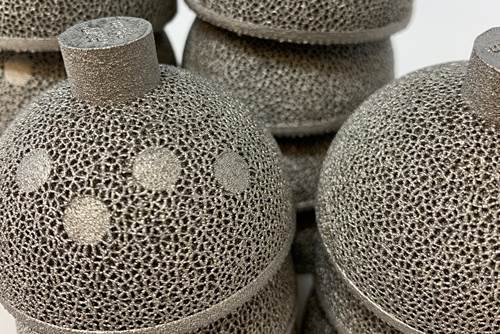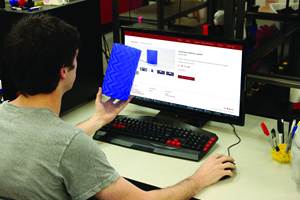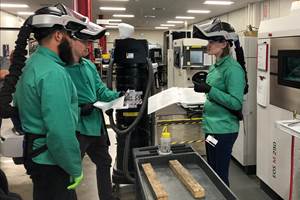Applications
Prototypes
3D printing’s earliest applications were for rapid prototyping. Stereolithography offered designers and engineers a faster, more digital route to design a product based on easy iteration. While the technology still has a stronghold in prototyping, additive manufacturing (AM) has advanced far beyond this with the maturation of various technologies and expansion of its materials envelope.
Tooling
Additive manufacturing’s ability to quickly build complex geometries has made it popular for tooling applications. 3D printed hand tools, gages, workholding items for machining, robot grippers and end-of-arm-tooling (EOAT), fixtures for CMM measurement, and much more are becoming common sights in machine shops, molding facilities and OEM factories.
3D printing can also be used to build tools that directly or indirectly form the geometry of a final production piece. Examples include tooling for composites layup, thermoforming, vacuum forming, casting (both sacrificial patterns and sand tools themselves), sheet metal bending and injection molding. In some cases 3D printing brings additional benefits to the production process, as is the case with conformal cooling channels in injection molds; more efficient cooling leads to faster cycle times and improved part quality.
Production Parts
Faster 3D printers and more capable materials have helped accelerate AM into production applications, where 3D printing serves as a bridge or stop-gap method; a solution for spare or one-off parts; or, increasingly, the sole production process for an end-use part.
End Markets
Production additive manufacturing is becoming visible in key industries such as aerospace, including flight-critical parts; medical devices, tools and implants; oil & gas; defense; and more.
Rising end markets include automotive; rail; marine; architecture and construction; and consumer products.

